 Cleburne County Map
Cleburne County Map
Entry Type: Thing - Starting with C
 Cleburne County Map
Cleburne County Map
 Patrick Cleburne Statue
Patrick Cleburne Statue
 Patrick Cleburne Statue
Patrick Cleburne Statue
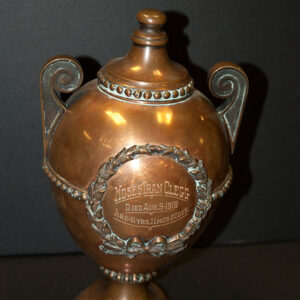 Clegg Urn
Clegg Urn
Clem Bottling Works
 Clem's Cola
Clem's Cola
 Clem’s Cola Label
Clem’s Cola Label
 Clem’s Cola Sign
Clem’s Cola Sign
 Clem’s Soda Crate
Clem’s Soda Crate
Clermont [Steamboat]
Clermont No. 2 [Steamboat]
Cleveland County Courthouse
Cleveland County Herald
 Cleveland County Map
Cleveland County Map
Climate and Weather
Climate Change
aka: Global Warming
 Climber Automobile
Climber Automobile
Climber Motor Corporation
 Climber Motor Corporation Ad
Climber Motor Corporation Ad
Clinton Chronicles, The
Clinton House Museum
 Clinton Quilt
Clinton Quilt
Clinton v. Jones
 My Life by Bill Clinton
My Life by Bill Clinton
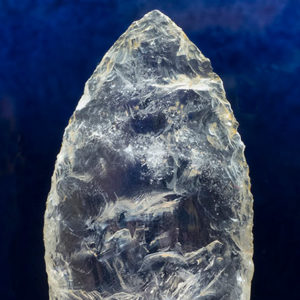 Clovis Point
Clovis Point
Cnidarians
aka: Hydroids
aka: Corals
aka: Jellyfishes
aka: Sea Anemones
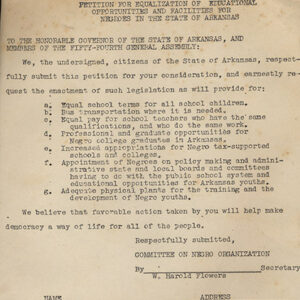 CNO Petition
CNO Petition
 Coal Miners Memorial
Coal Miners Memorial
 Coal Miners Monument
Coal Miners Monument
Coal Mining
Coal to Diamonds
 Coal Train
Coal Train
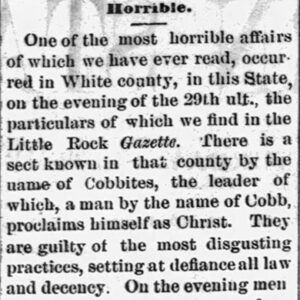 Cobbite Article
Cobbite Article
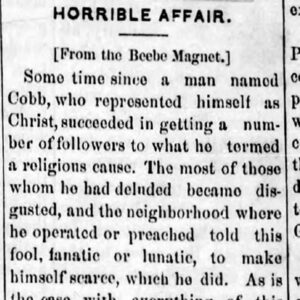 Cobbite Article
Cobbite Article
Coccidia
 Coccidia Life Cycle
Coccidia Life Cycle
 Coccidia from Bats
Coccidia from Bats
 Cockroaches
Cockroaches
Cockroaches
aka: Blattodea
 Codling Moth Damage
Codling Moth Damage
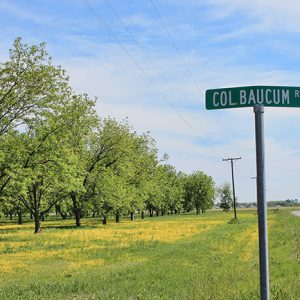 Col. Baucum Road
Col. Baucum Road
Cold Spring
 Cold Spring
Cold Spring
Cold Springs School
aka: Hepsey School
Cold Water School
Coleman Dairy
 Coleman Dairy "Annie Oakley" Bottle
Coleman Dairy "Annie Oakley" Bottle
 Coleman Dairy Delivery Truck
Coleman Dairy Delivery Truck
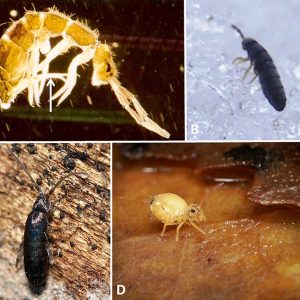 Collembolans
Collembolans
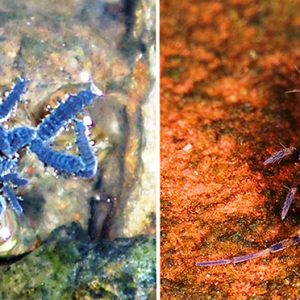 Collembolans
Collembolans




